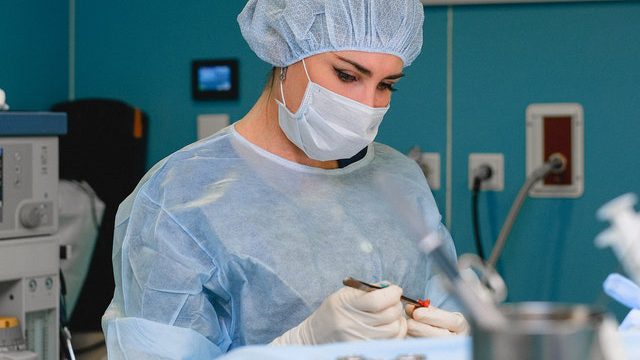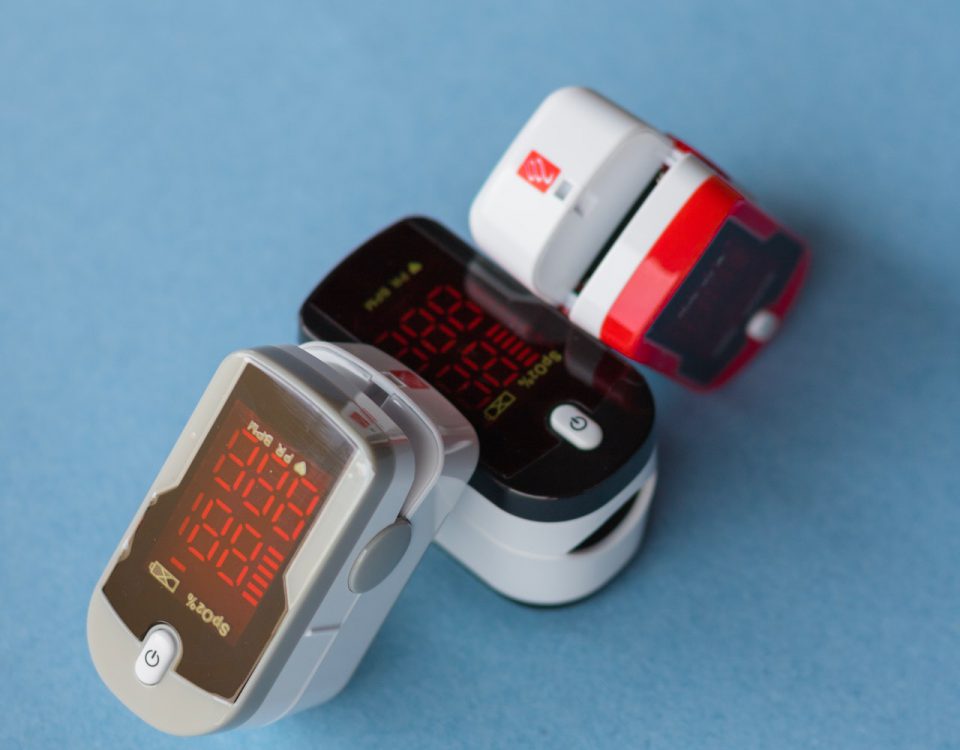EU MDR for US-based Medical Device Manufacturers and Distributors
Medical devices are the backbone of the modern healthcare industry around the world. They provide state-of-the-art healthcare solutions in the prevention, diagnosis, prediction, monitoring, prognosis, and treatment of diseases. Like every other sphere of medical technology, medical devices and implants are heavily regulated. The two main regulations are the FDA’s Center for Devices and Radiological Health (CDRH) and the new EU MDR.
Although the former is an arm of the United States federal government and the latter a law passed in the European Union, both FDA CDRH and EU MDR are crucial in ensuring that medical device manufacturers, suppliers, distributors, and medical workers meet a list of requirements and adhere to the industry best practices around the world.
In this article, we’ll take a closer look at these regulations, how they are related, and what their work means for US-based medical device manufacturers and distributors in terms of compliance and medical device innovation.

Medical Device Regulations Across the Pond
The United States and the European Union are the two biggest manufacturers and distributors of medical devices with their own medical device approval and surveillance programs. However, it’s generally accepted that EU regulations are more comprehensive while FDA’s regulatory process is more restrictive.
For the past decade, there have been efforts to decomplicate and modernize regulatory processes on both sides of the Atlantic ocean, as evident by the rise of Software as a Medical Device (SaMD). Both the United States and the European Union have introduced measures, the biggest being the new EU MDR to support the growing medical device markets.
Not to be confused with FDA’s regulatory requirement with the same acronym Medical Device Reporting (MDR), EU MDR is the new regulation for medical devices in the USA and it’s expected to have a major influence on the US market as well.
The U.S. is the leading supplier of medical devices to the European Union at 41%, which follows the United States as the ultimate consumer of medical devices globally. This means that U.S-based “manufacturers, authorized representatives, importers or distributors” in the EU will be required to adhere to the new EU MDR to a certain extent in the form of additional compliance requirements and classification of new medical devices.
What is EU MDR?
The European Parliament and the Council for the European Union released the European Union Medical Device Regulation (EU MDR) 2017/745 in 2017. The regulatory framework aimed to safeguard public health and safety by ensuring the quality and high standards of medical devices manufactured in or supplied within the E.U. territory without stifling innovation.
The EU MDR was delayed in response to the COVID-19 pandemic and to avoid confusion among manufacturers, suppliers, and users of medical devices with over 500,000 different types of equipment and in vitro diagnostic medical devices (IVDs). The regulation officially came into effect on May 26, 2021, replacing the existing European Union Medical Device Directive (MDD). The MDD framework that had remained in place for at least 25 years outlived its purpose as it didn’t include new devices such as in vitro diagnostic medical devices. The guidelines address the limits and reporting requirements for at least 2,000 materials used in the design and manufacture of medical devices. Among the substances, machines, or parts of instruments covered by the EU MDR include:
- Invasive devices that come into direct contact with the body
- Those that are used to administer or re-administer bodily fluids or medication
- Devices that are used for storing or transporting any such fluids
The revision of the MDD directives was necessitated by the need to create a more dynamic, sustainable, transparent, and predictable regulatory framework. Following the enactment of the EU MDR, all new medical devices destined for the region must be compliant with the new regulations. There is, however, a three-year transition period for the existing MDD-certified devices. Medical device companies have until May 2024 to modify their technical documentation to be in compliance with the new EU MDR standards.

What EU MDR Means for Medical Device Manufacturers in the USA
U.S. companies took advantage of the hitherto shortest approval times in the E.U. market and accrued up to one-third of their revenue from Europe. Nonetheless, this could change due to the following reasons:
a. Delayed approvals
The new rigorous legislation could delay approvals from new medical devices destined for the E.U. market. The extensive delays could force firms that primarily sold to the E.U. to pursue other markets or incur extra operational costs. Compared to the MDD regulations, EU MDR is packed with greater pre-market scrutiny processes containing valuations and authentication from concerned bodies. Since all products must be CE Marked, it will take longer to place a medical device in the E.U. market.
b. Greater Scrutiny
Regulatory bodies that assess and certify will have increased responsibilities as they deal with heightened scrutiny from governmental authorities. Notified Bodies will be required to furnish the European Commission with reports on clinical evaluations they will carry besides post-market follow-up plans. Manufacturers will most likely be subjected to increased audits to check compliance.
c. Fresh Reassessment for compliance and certification
The EU MDR laws propose the highest safety and risk prevention standards, meaning all medical devices will have to be reassessed. Manufacturers will be forced to recertify their products following the assessments. Manufacturers of new products will henceforth have to conduct clinical investigations and collect post-market data to get recertification in good time to continue operating in the E.U. market.
d. Post-market surveillance
Medical device manufacturers will need to conduct greater post-market surveillance to monitor their devices before they can qualify for recertification. This requirement means additional safety and performance reporting protocols and will be more time-consuming. The positive aspect of this requirement will be better patient care and reduced manufacturer liability since medical device makers will identify and address potential problem areas sooner in the production cycle.
e. Robust Biological Testing
The EU MDR regulations require medical device manufacturers to conduct thorough tests and identify their biological components and unfamiliar leachable and extractable components. This could lead to potential losses and poor brand reputation. Failure to identify and rectify potential problem areas could lead to prosecution.
What is the Scope of Devices Covered by EU MDR?
The EU MDR specifies what devices are affected by the new requirement. The new regulations will cover all devices hitherto covered by MDD and the Active Implantable Medical Devices Directive (AIMDD). This includes in vitro diagnostic devices that will now fall under In Vitro Diagnostics Directive (IVDR).
Since the EU MDR states that a medical device is an “instrument, apparatus, appliance, software, implant, reagent, material or another article,” the new regulations will cover all devices intended for diagnosing, preventing, monitoring, treating, or alleviating disease, injuries or disabilities. The list will also include devices used for investigating, replacing, or modifying anatomical, pathological, or physiological processes.
Other products that qualify for CE Marking include those intended for cleaning, disinfecting, and sterilizing and those that control and support conception. Annex XVI devices consist of some products that don’t serve medical purposes, like eye products such as contact lenses, to name a few. Others are instruments used for liposuction and electromagnetic radiation equipment used for hair removal or tattoos.

The Significance of Being ER MDR Compliant for US-based Companies
One of the biggest themes in the new MDR is the transition from pre-approval to life-cycle approach between MDD and MDR. This means that the EU regulation is now closer to the FDA. Still, for US-based medical device companies that are actively involved in the EU market, the new changes will likely result in higher costs, delays, and even device removals among manufacturers due to less flexibility in interpretations of the rules.
However, it should also result in greater effectiveness due to heightened device safety. The ultimate goal is to ensure medical device manufacturers design, produce, and sell beneficial products to patients.
And even US-based companies that aren’t currently active in the European market, the EU MDR will be important in how they develop and test future devices. One of the biggest reasons being the rise of globalization and easier access to healthcare in the EU will mean there is a bigger potential for US-based companies to cater to expand their operations.
How SurgiCloud Helps
Medical device manufacturers that plan to comply with EU MDR are obliged to boost their quality systems, enhance market surveillance and increase their risk assessment procedures. The improvements must be aligned with ISO 13485 requirements comprising business structure, quality objectives, engineering design procedures, product trials, testing, and verification protocols. Stringent implementation of these improvements will yield the kind of data that’s necessary to gain CE Marking.
But that’s not all – manufacturers must realize that apart from quality management systems, notified bodies will be looking for data quality and accuracy and make any recommendations for remediation where applicable. And one of the best ways to achieve greater and more accurate control of inventory and billing is to use a cloud-based inventory management software like SurgiCloud.
Surgicloud is a cloud-based inventory management, billing, and scheduling solution that optimizes and coordinates and device billing for hospitals’ surgical teams, medical device manufacturers, and distributors. Get in touch to request a demo today.




